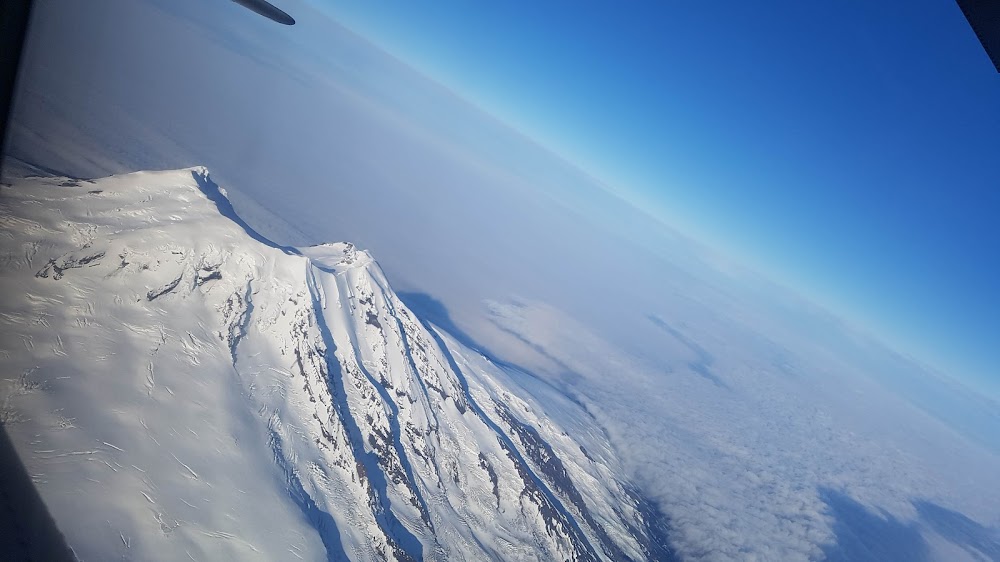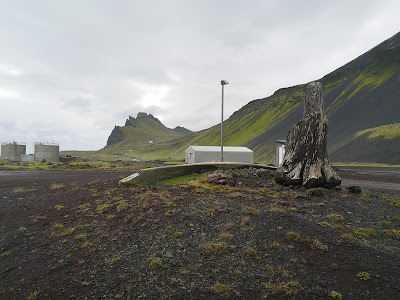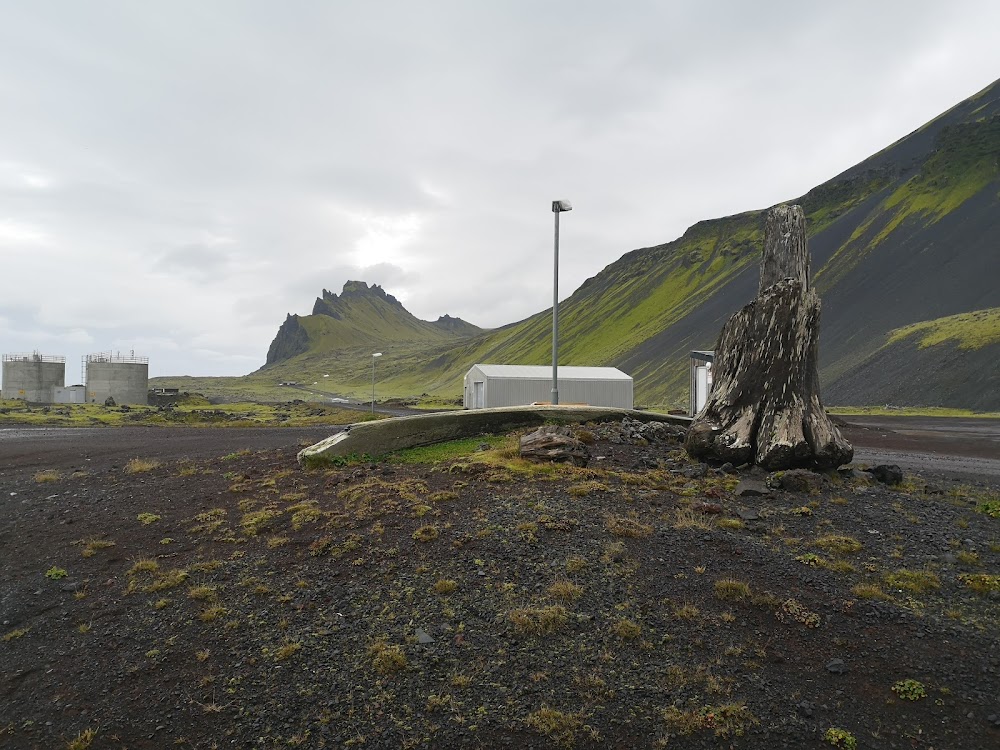Jan Mayen Weather Station (Værstasjon på Jan Mayen)
Related Places
Overview
Certainly! Here’s a revised version of your travel description, structured for clarity and engagement:
---
Discovering LORAN-C Station Jan Mayen
LORAN-C Station Jan Mayen, often referred to as the Jan Mayen Weather Station, is a remarkable radio navigation and weather facility located on Jan Mayen Island, a remote Norwegian territory nestled in the Arctic Ocean. This station not only serves as a beacon for navigators but also tells a fascinating story of human resilience and technological advancement.
The Cold War Origins
The inception of the LORAN-C Station dates back to the 1950s during the tense era of the Cold War. As the United States and its NATO allies sought to enhance radio navigation systems for defense and maritime safety, Norway emerged as a key player in this mission. Given its strategic Arctic location, Jan Mayen Island was identified as the perfect site for this vital installation, marking a significant chapter in the history of navigation.
Construction Challenges
Construction of the station commenced in 1959, a daunting task given the island's harsh climate characterized by extreme cold, fierce winds, and limited accessibility. Workers faced the challenge of being transported by boat and plane, necessitating intricate logistical planning to deliver building materials and heavy equipment under often brutal weather conditions.
A base camp was the first step, providing essential shelter and amenities for the construction crew. Utilizing prefabricated buildings allowed for a swift setup. The team raced against time, working through short Arctic summers and preparing for the impending harsh winters. A pivotal aspect of the project was the construction of the transmitter tower, engineered to endure severe weather while ensuring effective long-range signal transmission.
Operational Milestones
By 1960, the Jan Mayen LORAN-C station was officially operational. With its powerful radio transmitters, the station provided crucial signals that enabled maritime and aviation users to determine their positions accurately. This advancement significantly improved navigation precision across the North Atlantic, benefiting both commercial shipping and military operations.
In addition to navigation, the station also took on meteorological responsibilities. Its isolated location made it an ideal site for weather monitoring, yielding valuable data on Arctic weather patterns. The Norwegian Meteorological Institute managed these observations, integrating Jan Mayen into a broader network of global weather stations.
Life on the Island
Life at the station was far from easy. Crew members, rotated in shifts, had to adapt to isolation, extreme weather, and limited resources. Many spent months on the island, forging strong bonds of camaraderie as they relied on one another for companionship and support. Despite the adversities, a tight-knit community spirit flourished among the personnel.
Technological Evolution
Over the decades, the station underwent numerous upgrades, enhancing its navigation and weather monitoring capabilities. However, by the late 1990s, advancements in GPS technology began to overshadow the LORAN-C system as the primary navigation tool. The Jan Mayen LORAN-C station remained operational until around 2010, when international agreements led to the decommissioning of the LORAN-C system.
Legacy and Continued Importance
Even after LORAN-C services ceased, the Jan Mayen station continued to function as a weather station, playing a critical role in Arctic meteorology. It now contributes essential data for understanding climate change and predicting weather patterns in the North Atlantic.
Today, the legacy of LORAN-C Station Jan Mayen lives on through the stories of those who have worked there and its historical significance in navigation and meteorology. While technology may have evolved, this station stands as a testament to human ingenuity and the determination to conquer the challenges posed by one of the world's most isolated and inhospitable environments.
---
I hope this revision meets your expectations!





